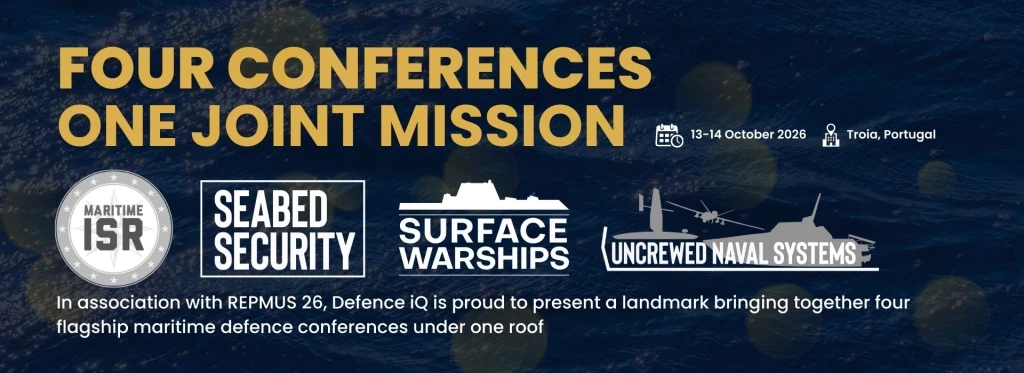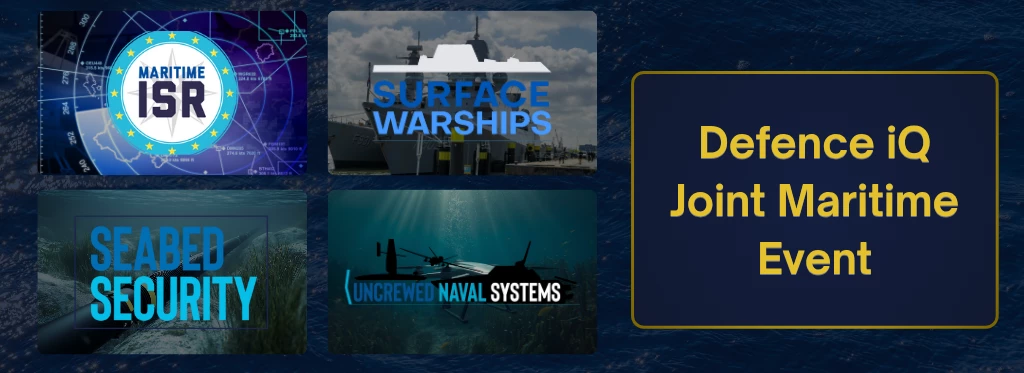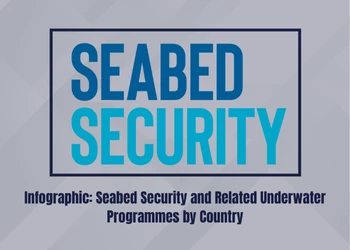Mine Counter Measures Market Report 2014
Add bookmarkThe Sea Mine continues to be a perennial threat to modern navies, from relatively crude moored and drifting contact mines to increasingly sophisticated influence mines. It is estimated that more than 60 countries, possess over a million naval mines. Since the end of World War II, naval mines have severely damaged or sunk nearly four times as many U.S. Navy ships (15) as all other means of attack combined (4).
As the classic asymmetric warfare weapon at sea, mines inflict damage costing many orders of magnitude more in vessel repair and replacement than the unit cost of the mine detonated by the ship. Even when mines fail to cause casualties, they have proven effective in blocking choke points, deterring or slowing down amphibious landings and disrupting access to enemy ports.
Navies worldwide are looking to modernise legacy MCM forces based on specialist low-signature vessels typically equipped with hull-mounted or variable depth sonars, remotely operated vehicles (ROVs) for mine identification and disposal, and sophisticated mine warfare data systems. Key areas of investment include sonar updates, the introduction of remotely controlled minesweeps, upgraded command-and-control (C2) systems and novel effectors for mine and improvised explosive device (IED) disposal. Nevertheless, the bulk of investment to date has been targeted at minehunting. However, many in industry believe the next five years will see navies increasingly grasp the advantages of off-board minesweeping systems as they look to recapitalise their sweep capabilities. At the same time, the increasing maturity and capability afforded by autonomous vehicles is being demonstrated from existing MCM units.
Legacy MCMVs still have life left in them and are being retained or transferred to other navies. Their utility is being maintained through upgrades including the integration of propelled variable-depth sonars and one-shot mine destructors – which provide some stand-off from the mine threat – and mine reconnaissance Unmanned Underwater Vehicles (UUVs), which increasingly act as force multipliers, operating covertly. These latter systems enable MCM forces to chart the path of least resistance through the mined area and allow them to avoid rather than neutralise much of the threat, making operations faster and safer.
Please click on the red "Download Now" box below to access this content.
[inlinead]






















